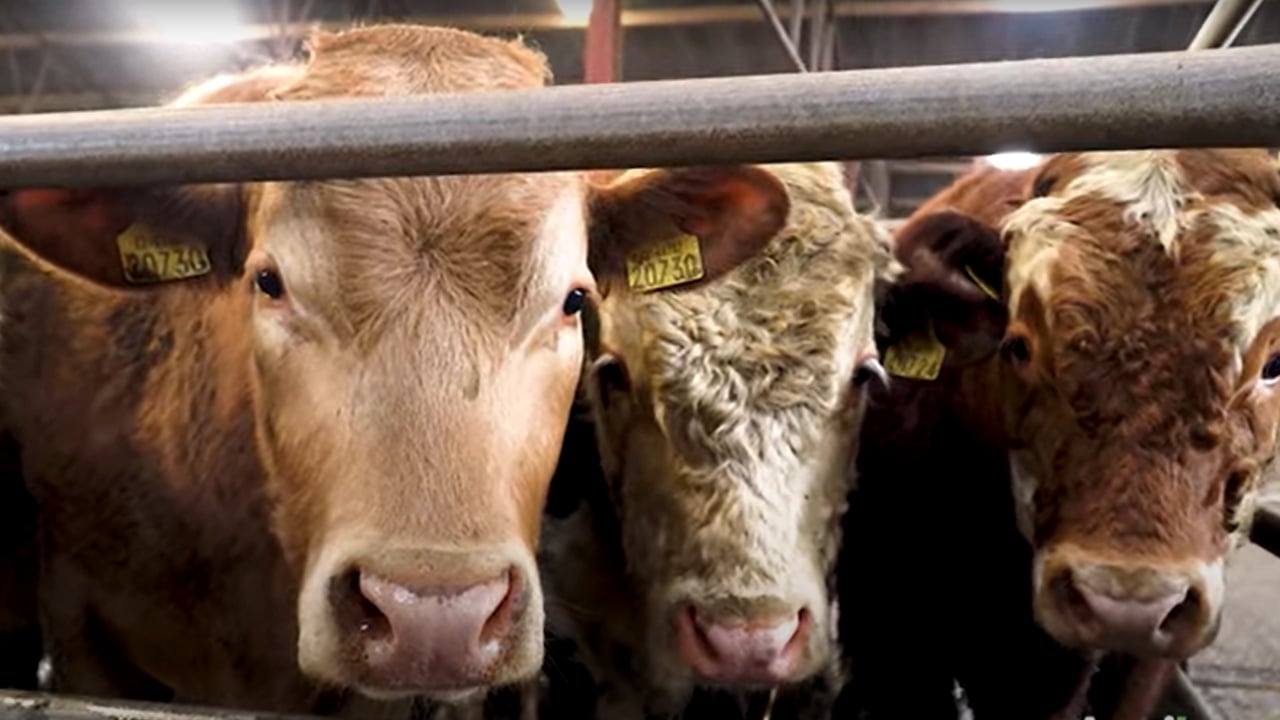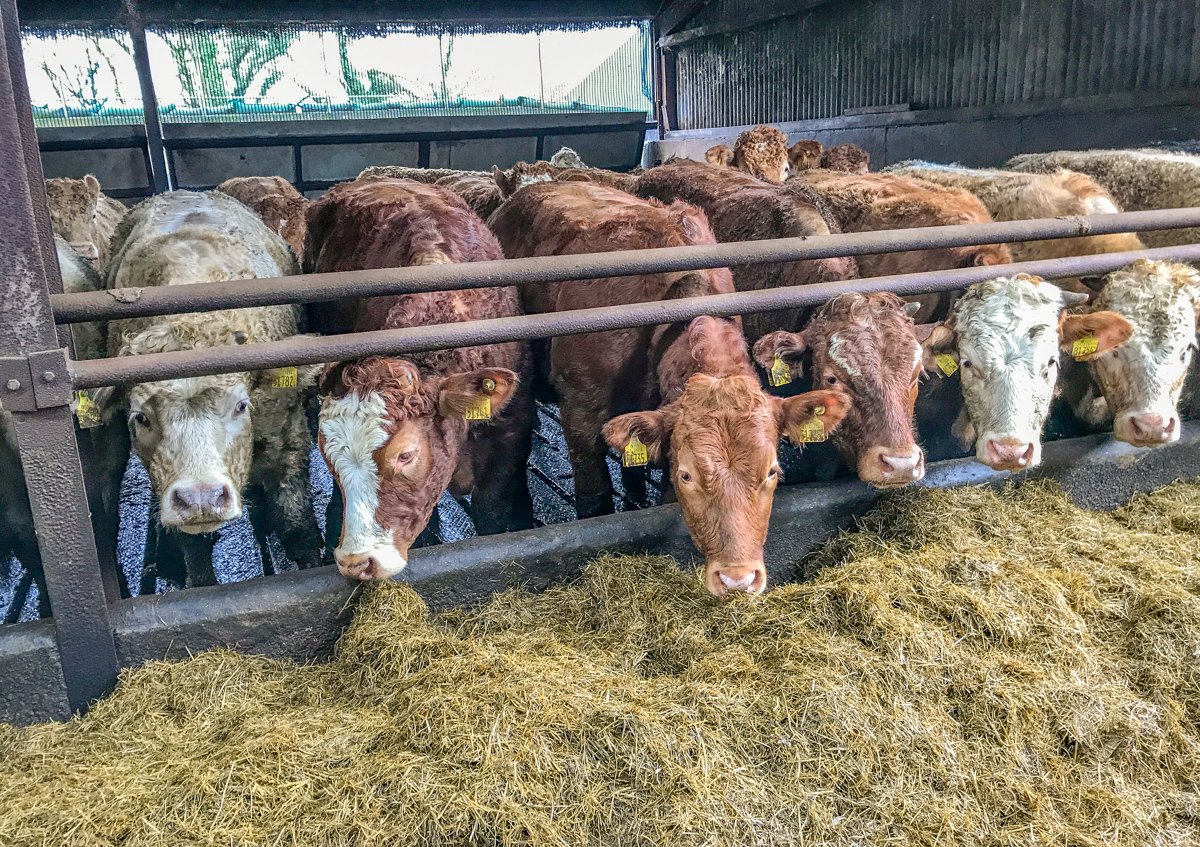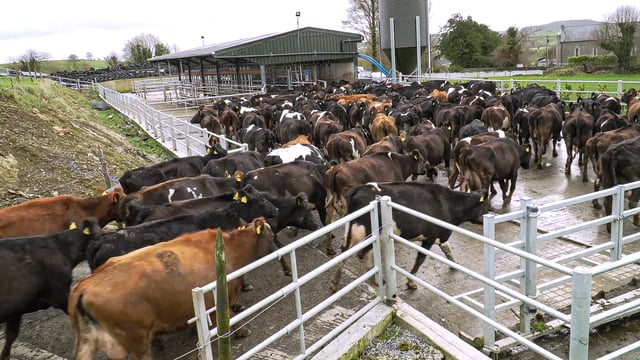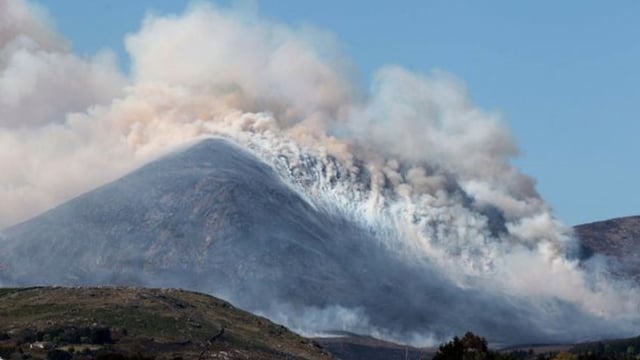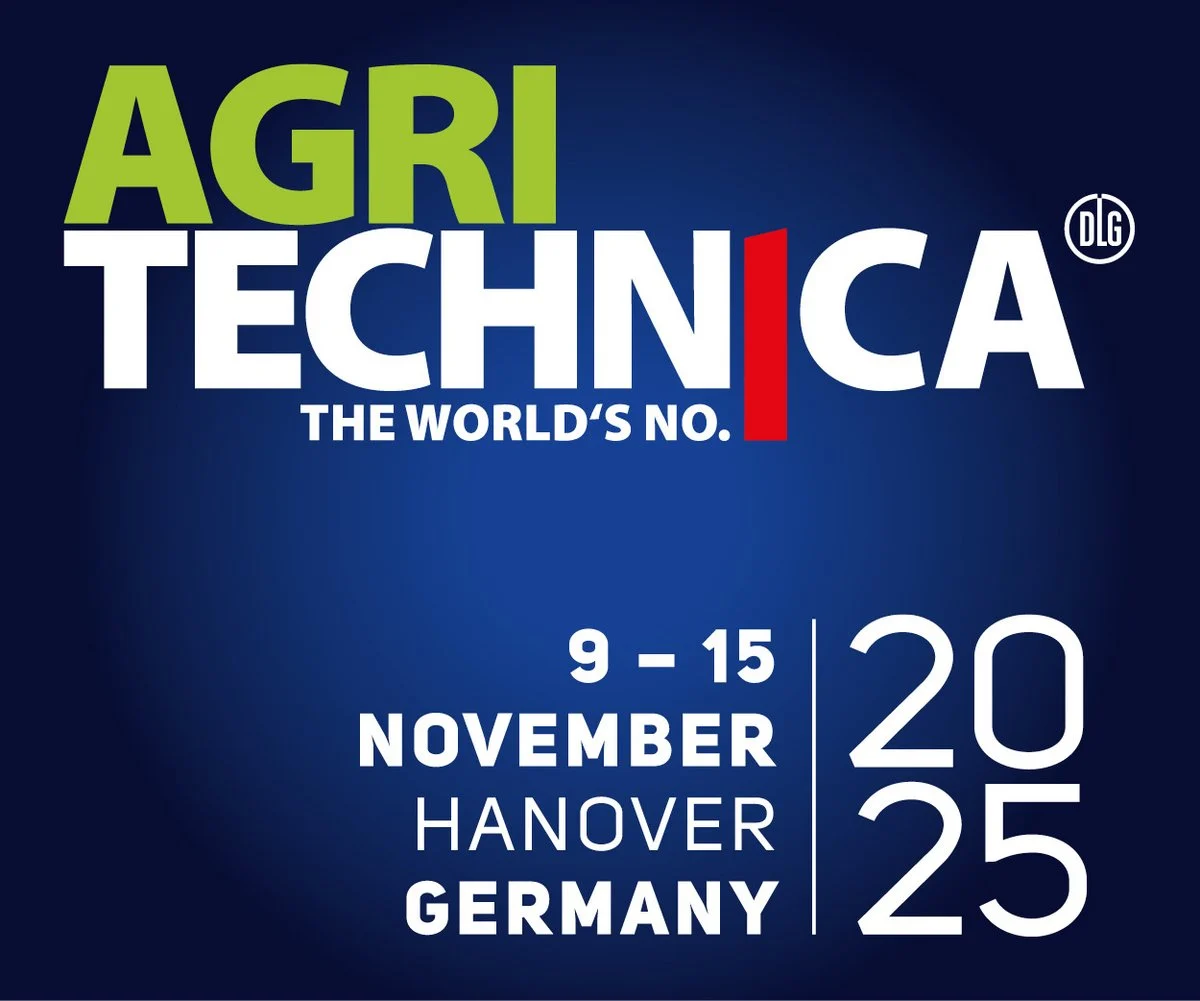'Reducing age of slaughter may be the solution to avoid culling national herd'
One of the most topical items in the news at the moment is the climate action bill, with many debates held over the impact that proposed plans will have on the future of Irish farming.
With the targets for reducing greenhouse gas emissions (GHG) being one element of the bill - Andrew Crombie from the Irish Cattle Breeding Federation (ICBF) has suggested that a reduction in the national age of slaughter may be the solution to avoid culling cows from the national suckler or dairy herd.
Speaking on this month's 'Lets talk cattle' webinar hosted by Teagasc, Andrew spoke about research carried out in the ICBF test centre in Tully, Co. Kildare, on methane production from finishing cattle, illustrating a benefit to GHG emissions output.
"If you take that we are slaughtering close to 1.32 million prime cattle per year, and their average performance - 345kg, 26-months-old at slaughter- as a starting point," he explained.
"To put this into context, that is the equivalent of 4% of the total GHG output from our national cattle herd.
"To express it in a way that resonates more strongly with people, it's the equivalent of not having to cull almost 100,000 cows, whether they be beef or dairy cows.
"It is a really important point," he added.
"It's a real opportunity to think positively of the carbon, climate and profit efficiency gains that we can get from finishing these cattle at an earlier age of slaughter."
Speaking further about the topic with the webinar's host, Alan Dillion from Teagasc, Andrew stated:
" [Reducing the age of slaughter] is very well in line with efficiency targets, profitability and sustainability - so there are lots of wins with this," he added.
"Although, if there was a willingness for farmers to aid this change and there were some incentives or structures put in place to help and promote that, however that might happen. This may be through extra programmes or bonuses, it has to be seriously look at and considered," he concluded.

